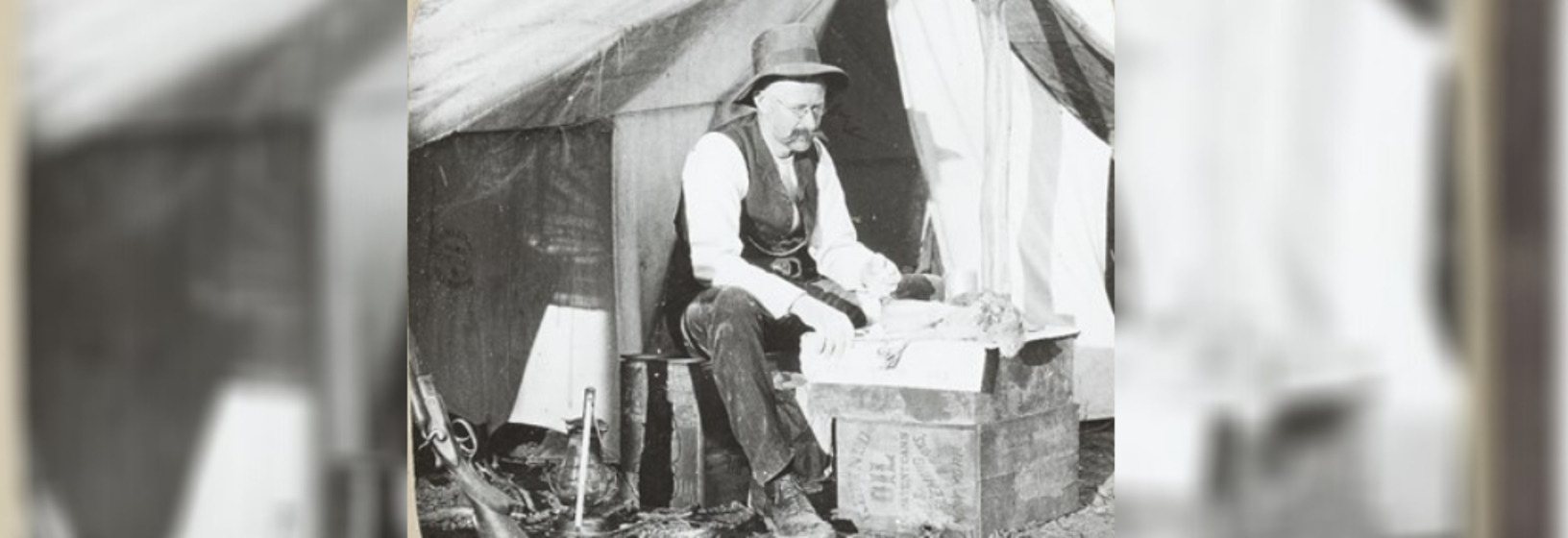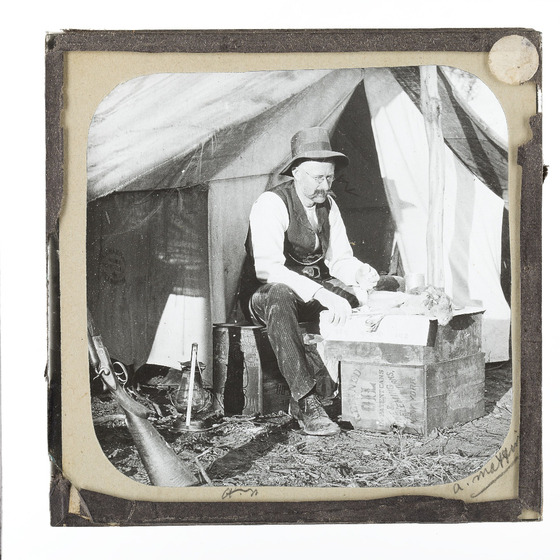A Bird in the Hand
Ornithology field notes and photographs record Victorian landscapes and birdlife now transformed, and in some instances lost. They also document the changing practices of the science itself and the legislative boundaries applied to it over time.
Oology, the study of bird eggs, nests and breeding behaviour was a respectable scientific pursuit in the 19th and early 20th century. By the 1920s even the Royal Australasian Ornithology Union (RAOU) acknowledged that oology had moved closer to a form of stamp collecting than serious science and banned its members from collecting eggs. However covert collecting continued long after legislation made it illegal in Victoria in 1928. A number of high profile collections were seized at this time and deposited in museums. The long term value of egg collections continues to reveal itself with spectrophotometry and CT scanning employed in ecological studies.
Similarly, these early images record the collecting and preparation of bird skins in the period before gun permits and licensing. From its formation, the RAOU was motivated by the protection of birds and lobbied successive governments to protect native species. The protection of those species led to permitting, at first for select species but eventually for all native wildlife. By the 1920s the prevailing philosophy had moved towards observation and conservation. With the development of simpler photographic techniques more and more amateur ornithologists swapped long arms for long lenses.















